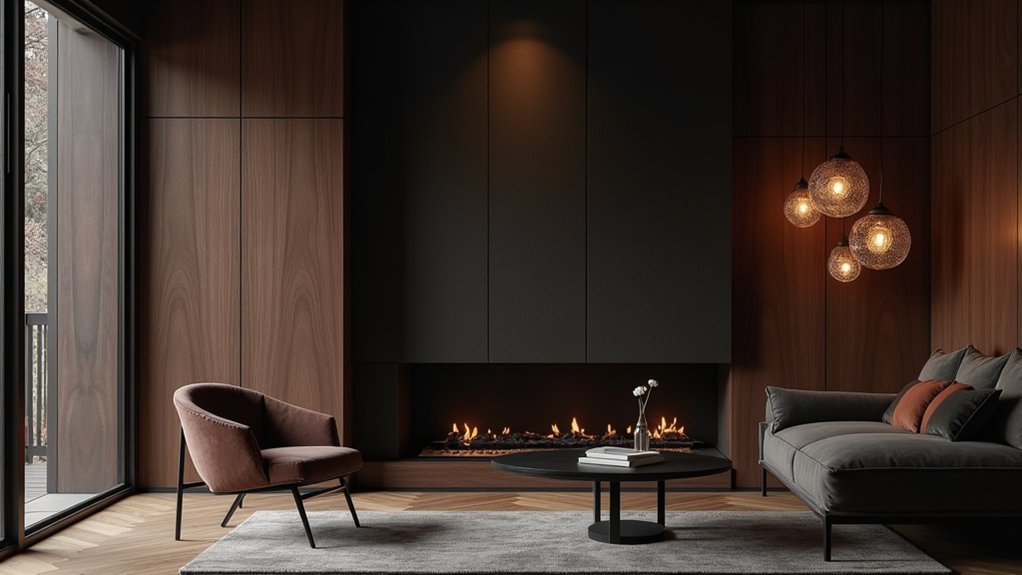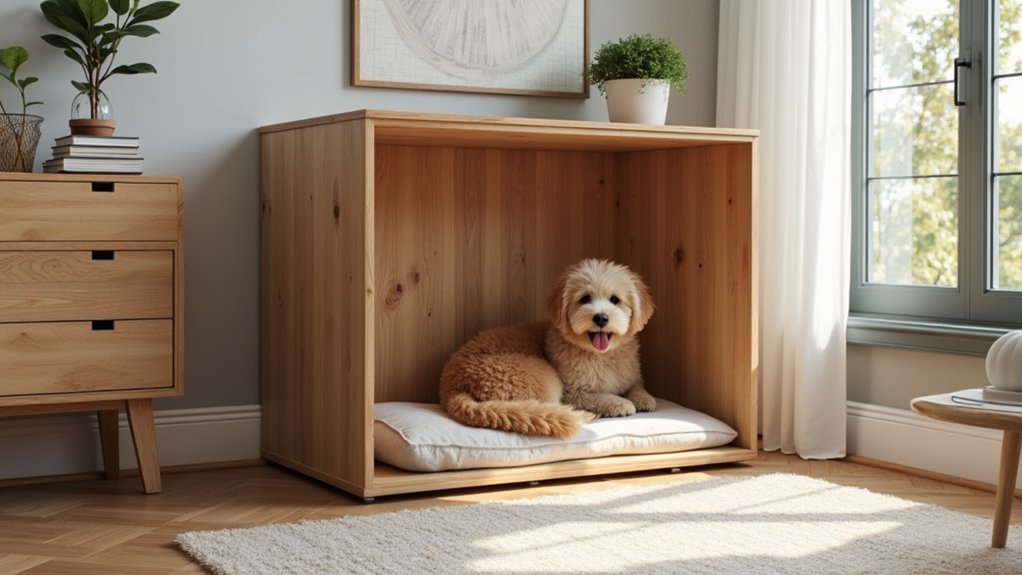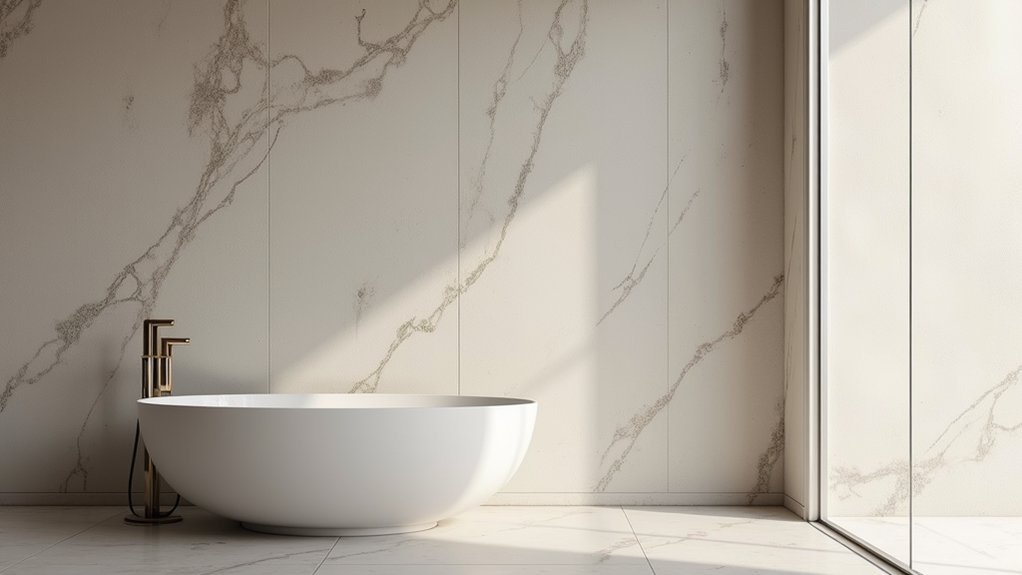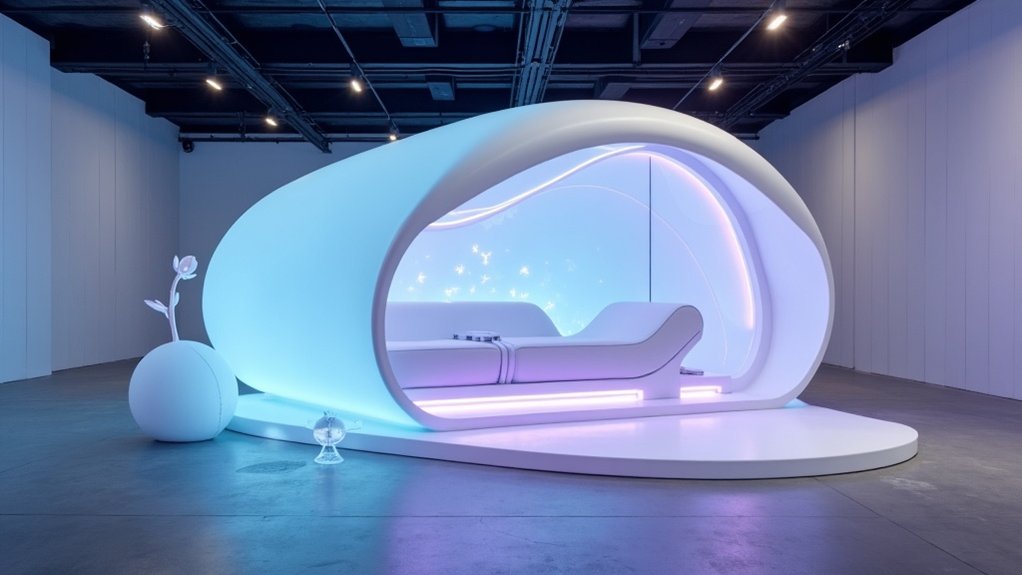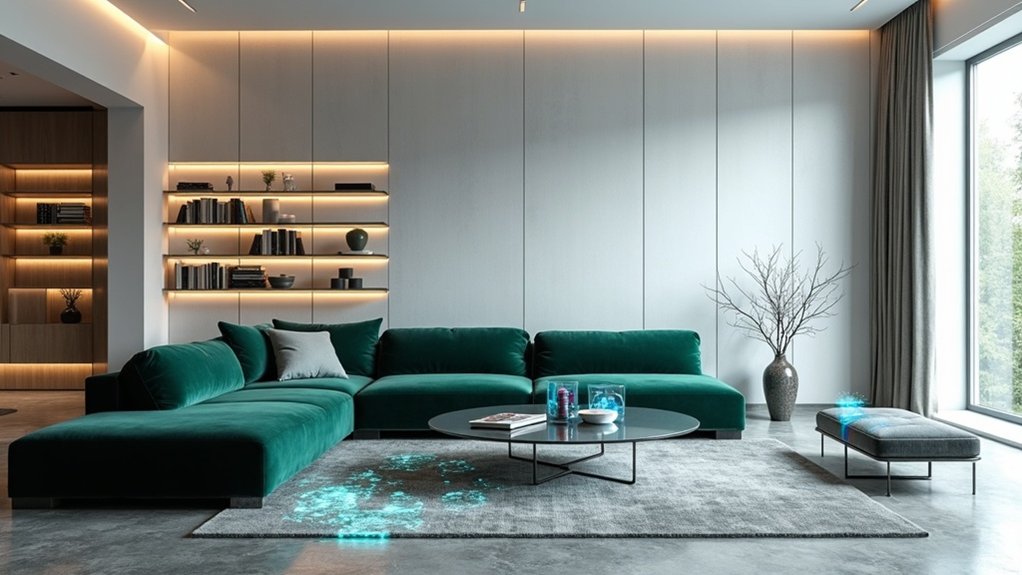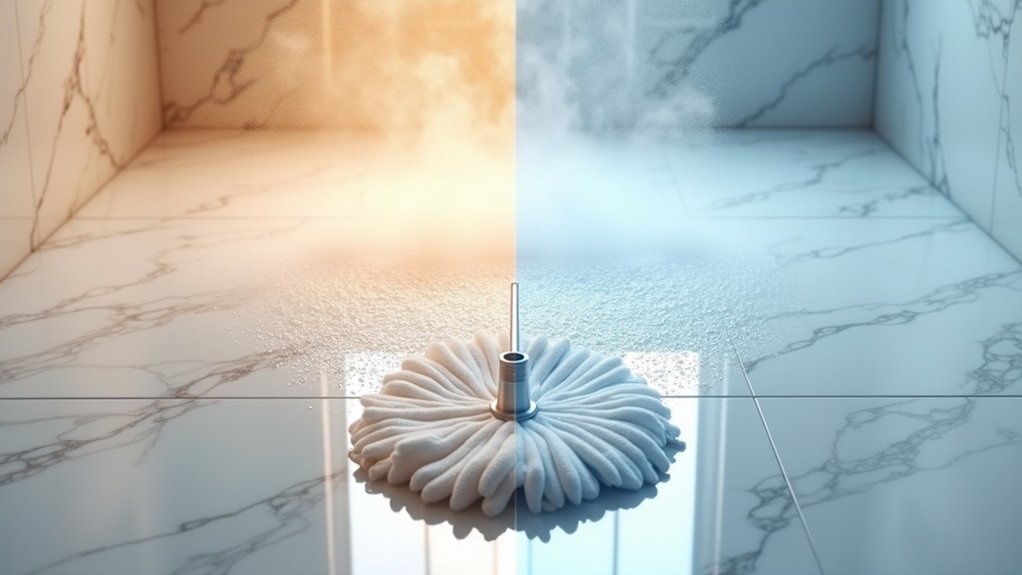While the design world has witnessed countless aesthetic shifts over the decades, dark woods are making a definitive comeback in 2025’s interior environment, marking a notable departure from the minimalist, light-toned schemes that dominated recent years. This resurgence reflects a deeper appreciation for timeless materials, with rich walnut, mahogany, and deep-toned oak leading the renaissance in high-end residential designs. The incorporation of vintage furniture pieces alongside these dark wood elements creates a perfect blend of nostalgia and contemporary sophistication. These statement pieces are especially effective when rich wood accents are used to add depth against neutral backgrounds.
The appeal of dark woods extends beyond mere aesthetics, offering practical advantages that resonate with contemporary lifestyles. These materials bring visual depth and dramatic contrast to spaces while demonstrating remarkable durability in high-traffic areas. Unlike lighter finishes, dark wood cabinetry and furniture possess an essential ability to mask wear, stains, and fingerprints, making them particularly suitable for busy households and commercial environments. Additionally, choosing certified sustainable sources for dark wood ensures an environmentally responsible approach to design.
Dark woods offer more than beauty – their durability and ability to mask wear make them perfect for modern, high-traffic spaces.
The versatility of dark woods has proven instrumental in their renewed popularity. Designers are increasingly combining these materials with lighter, mid-tone woods to create textured, bespoke looks that characterize 2025’s interior trends. The pairing of dark cabinetry with light countertops continues to dominate kitchen design, while the integration of marble, metals, and glass adds contemporary sophistication to traditional elements.
Dark woods’ ability to influence spatial perception has become a valuable tool in modern interior design. When strategically placed, these materials can effectively define zones in open-plan living spaces and create intimate atmospheres in larger rooms. The current “latte decorating” trend, emphasizing warm, coffee-inspired tones, has further raised the status of darker woods in contemporary interiors.
The marriage of durability and elegance positions dark woods as a sound investment in interior design. Their longevity extends beyond structural integrity to encompass style permanence, offering a timeless appeal that transcends fleeting trends. With proper maintenance, dark wood can retain its aesthetic charm and functionality for years to come.
As designers and homeowners seek to create spaces that balance sophistication with comfort, dark woods continue to prove their enduring value in crafting environments that feel both luxurious and welcoming.
